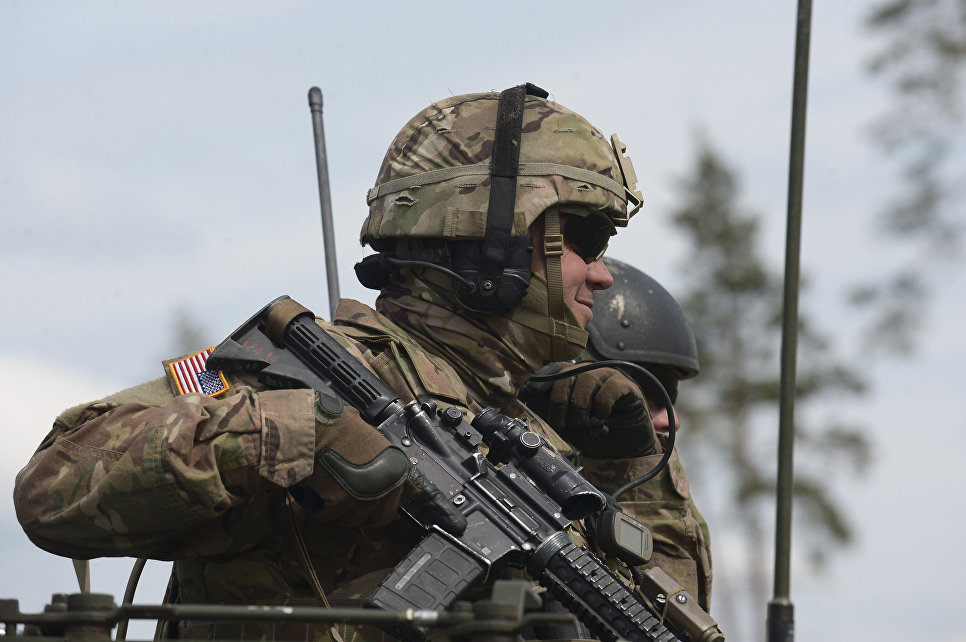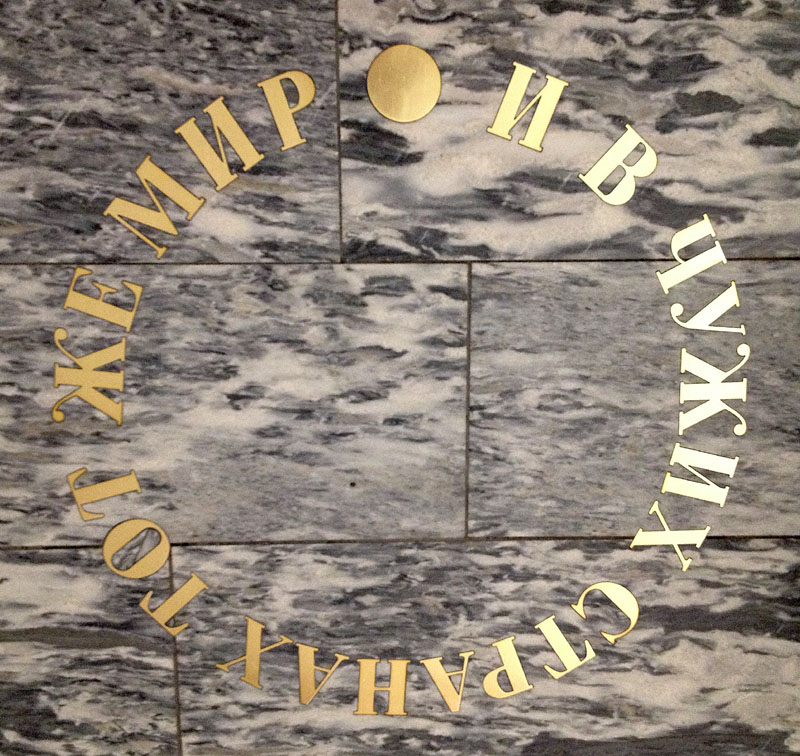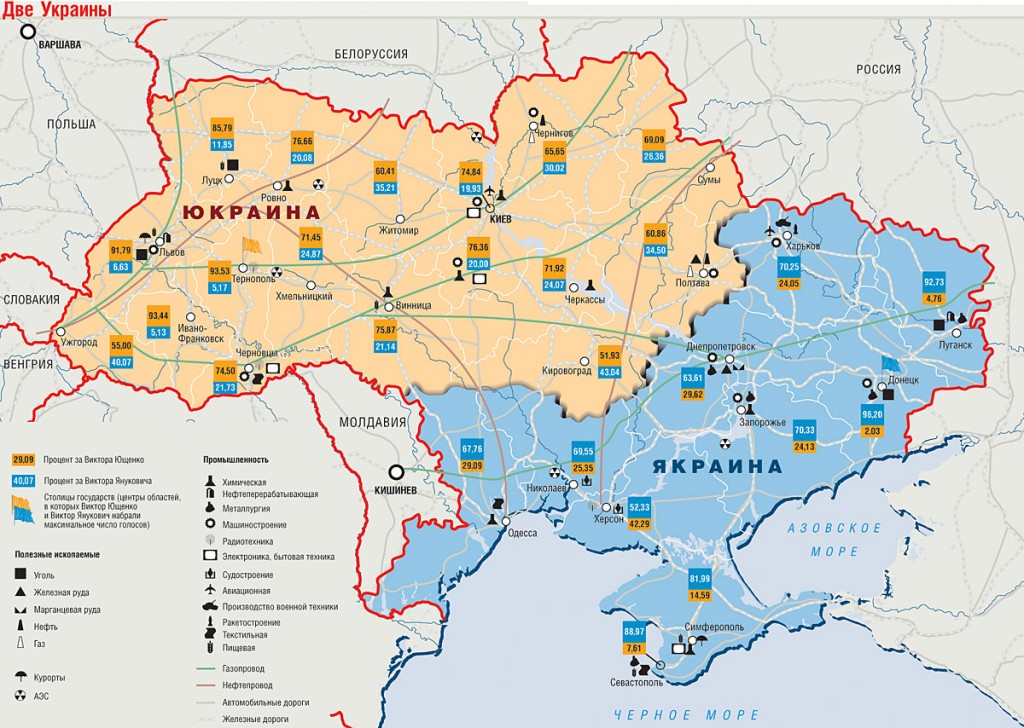Below I am re-blogging beginnings of three of the latest Lada Rey articles, relaying the latest developments from Ukraine. Please follow the links to read the articles in full!
Ukraine Events Heating up and Accelerating
Dear friends,
I thought this would be a great time to summarize some news coming in from Ukraine and from other places.
The events in Ukraine are beginning to heat up and manifest in an accelerated fashion. The Kiev junta and oligarchs are getting nervous and the people are beginning to awaken. At the same time, the ukro-nazi element is also activating. My prediction about Ukraine turning around between 2016 and 2018 is beginning to materialize, but unfortunately, with a lot of hardship for the population. The problem is, also per my prediction, that the population has to go through this hardship and the economy has to get destroyed, in order for the people to awaken and start acting.
The events are developing very swiftly: yesterday ex-president Viktor Yanukovich testified in the trial against the Berkut police. Berkut is accused of killing a number of activists during the Kiev Maidan. Kiev tried very hard to prevent this testimonial and the hearing was sabotaged by Ukraine’s ministry of interior and ukro-nazi thugs. But it did happen, with some scandalous revelations. Yanukovich promises more to come.
More high-level Ukraine operatives, preparing to blow up military targets, were arrested in Crimea. To date, Russian FSB neutralized a huge network of spies and terrorists, however, the work continues.
Not being able to cause real damage in Crimea and to somehow get back at Russia, Kiev kidnapped two Russian servicemen of Ukrainian origin from Crimea. The story is a bit like a thriller and I’ll talk about it as well.
After all the failures, no doubt in an attempt to save face and show how tough they are, in the beginning of December, Kiev threatens to do missile launches near Crimea and breaching the Russian airspace, which are bound to generate a danger for the civilian aircraft and tourism. MH17 comes to mind, as well as the 2001 catastrophe when Ukraine training missile shot down Russian civilian plane flying from Israel, killing all passengers on board. Kiev never issued a clear admission of its responsibility. Most recently, Kiev threatened civilian aircraft from Belarus with being shot down (I’ll talk about all this in the upcoming video).
…
They are indeed accelerating, for better or worse, though it does look like it will get even darker before the dawn comes…







